Choose the Best Floor Tiles for Your Home and Office
The tile flooring is now popular for new houses in Pakistan. In contrast with the past, where it was seen mostly as a bathroom or kitchen option, this type of material can be found on almost every part of your home: from hallways and living rooms all the way down to bedrooms.
Floor tiles are a great way to create an elegant and stylish look for your home. There is more than one type of tile available. However, it's important that you know which ones will work best with the design goals in mind before deciding what kind or how much material is needed.
Types of Flooring Tiles in Pakistan
There are three main types of floor tiles in Pakistan. These are:
- Porcelain tiles
- Ceramic tiles
- Granite tiles
Let’s discuss them in detail.
- Porcelain Tiles
Porcelain tiles are made from a mix of different ingredients, which results in white, non-porous material being formed after being placed in the kiln. The tiles are less prone to water absorption, more scratch-resistant, and durable than ceramic. Specialized cement is necessary for the installation of porcelain tiles.
- Ceramic Tiles
Ceramic tiles are popular for flooring in Pakistan because they're made from natural clay mixed with water, molded into shape, and fired at high temperatures.
The tile is heated to a high temperature which hardens it. Once the proper consistency has been achieved, intricate design can apply. The varnish protects it from water and makes it a little scratch-resistant.
Ceramic tiles can be found in the market, with both glazed and unglazed varieties available. Un-glazing is best for outdoor areas, whereas glazed ceramic is available in matte and gloss finishes.
- Granite Tiles
Granite is one of the most durable flooring stones with natural forms that cut to create tiles for your home. These are hard and scratch-resistant, but they require extra care when installation because it's difficult to shape them into desired shapes without damaging their edges or cutting away parts from whole pieces.
Features of Flooring Tiles in Pakistan
Though the tiles of Pakistan are only three, they stand apart from each other due to their unique qualities. So let’s discuss them in detail.
- Matte vs. Glossy
Tiles are printed with beautiful designs after they come out of the kiln. The patterns can be both glossy and matte, depending on how thickly it's applied to your flooring material.
Whether you have a small kitchen or a large one, matte tiles can be an excellent choice to help prevent water from spilling. They're also great in bathrooms where foot traffic is high and slippery glossy surfaces are not ideal for navigating around safely.
Additionally, glossy tiles give floors that sleek look while adding elegance, making them more popular among lounge areas than drawing rooms.
Granite tiles are made from the natural rock without any prints and are found in matte varieties that come with a glaze to make them last even longer.
- Half-Body vs. Full-Body
There is a difference between full and half body when it comes to tiles. Ceramic tiles are always half-body, but Porcelain tiles have both full and half-body varieties. Granite tiles are always full-body because they are cut from natural rock.
The printed layer on half-body tiles is thick, so the tile will show the clay below when it chips off. Full-body tiles always keep their color and pattern. The color and pattern will still be there if they get scratched or filed down.
- Round-Edged vs. Laser-Cut
Tiles can either be round-edged or laser-cut, depending on their manufacturing methods as well as the material they're made out of. They are placed next to one another with some space between them filled in by grout - it all depends on how you want your tile installation.
The sharp edges of granite tiles are always cutaway with a laser, while ceramic ones usually come in rounded shapes. Porcelain is available for those who want to mix it up.
Choose The Right Type of Tile
There are three different types of flooring tiles that you can find in the market. However, it is important to consider various factors before choosing which one will work best for your home or business needs.
- Target area
- Availability of patterns
- Size
- Strength
- Ease of installation
- Cost
- Durability
Here is a short explanation of these factors.
- Target area
The use of ceramic and porcelain tiles in bathrooms is not just for their slip resistance but also because they can help keep the space looking sleek.
The glossy surfaces may show dirt more easily than other flooring options, such as wood or vinyl tile patterns that work well with water spills, are rare.
For the best results, go with granite tiles. Not only will they be more water-resistant and damage-resistant, but you won't have to worry about cracks or chips if something falls on them by accident.
- Availability of patterns
The new boom in the tiling industry is due to digital printing, which has led designers and artists worldwide with different art styles to create beautiful geometric designs on half-body ceramic tiles.
Full-body porcelain tiles have fewer design options since it is difficult to create a large range of patterns in clay before firing. Granite is sourced from natural stones, so they each offer only one type of pattern for your space's decorating needs instead of having many different choices.
- Size
There are various sizes to choose from when it comes to tiles and flooring for your home. The most common ones would be 12x24 inches, which tend to go well in lounges or dining rooms; 18 x 36 (if you have more space); 24 x 24-inch squares work best as a bathroom. However, the sizes depend on the area where you put tiles.
- Strength
The most reliable option for tile is granite, while ceramics are more prone to breakage and damage. Porcelain tiles lie somewhere in between but are still stronger than ceramic.
- Ease of installation
Ceramic and porcelain tiles are easy to install on cement flooring because they use a layer of adhesive that sticks the pieces in place. You can also do this project yourself, but granite requires professional assistance during installation; an average tile mason charges Rs 22-25 per square feet while someone offering their services at more expensive rates could cost up to Rs 32-35 per square foot.
- Cost
One of the most important factors to consider when looking for tile flooring in Pakistan is price. There are a lot of imported options, so it can be hard finding something cheaper than what you’re used to.
Ceramic tiles come in all shapes and sizes, but their price is one of the most notable differences between types. Chinese or Iranian ceramics can be found for around 800 rupees per meter (approximately 3 feet), while higher quality imported Spanish tile sells at roughly 2000-4000 PKR per square meter depending on the desired finish.
The cost of porcelain tiles varies depending on whether they are full-body or half-body. Full-body prices start at around Rs 2,000 per meter, while half-body prices can be a little low. Branded and imported varieties may even raise your budget further than what you imagined.
Granite tiled floors are popular for many homes and offer high durability with excellent strength. This means their price ranges between Rs. 1,000 to Rs. 1,200 per meter on average.
- Durability
The durability of a tile is determined by its material. Porcelain and ceramic tiles are more delicate than granite, so they might need to be replaced after some time if used disproportionately often or heavily impacted with water damage. On the other hand, natural stone tiles such as marble can last for years without any problems.
Tips for Selecting Tiles
Here are some tips for selecting the best tile for your home or office.
- When it comes to choosing the right size of tiles, make sure you consider how much waste there will be during installation. Pick large-sized ones for your living room and dining area, while smaller ones are appropriate in kitchen or bathroom spaces because they create fewer joint lines.
- The variety of tiles available is endless. With advances in digital printing technology, people can now create the look and feel like natural materials such as wood or marble by just picking one tile. You could also mix patterns together to make an interesting design for your space.
- When laying tiles for the floor, make sure you calculate how many are needed and have 10% extra in case some aren't used. Try to keep a budget when choosing your perfect color because it will be much easier.
- Tiles with a gloss finish may seem tempting, but they are not for every room. They tend to get slippery when wet, and their high reflectivity can cause problems in your home's other rooms.
- When designing your kitchen, think about the color of flooring and walls. A warm tone like beige can create an impression that it's cozy there.
- The best material for a bathroom or kitchen wall is ceramic tiles in either matt finish, which can resist moisture and stains easily while still looking good with time; glossy ones will provide you with the perfect amount of shine.
You can see that the choice is not just between types of floor tiles in Pakistan but also characterizes features and budgets for your home renovation or construction project. We've given you all these details to help you make smart decisions when it comes time for tiled floors at your home or office.

Content




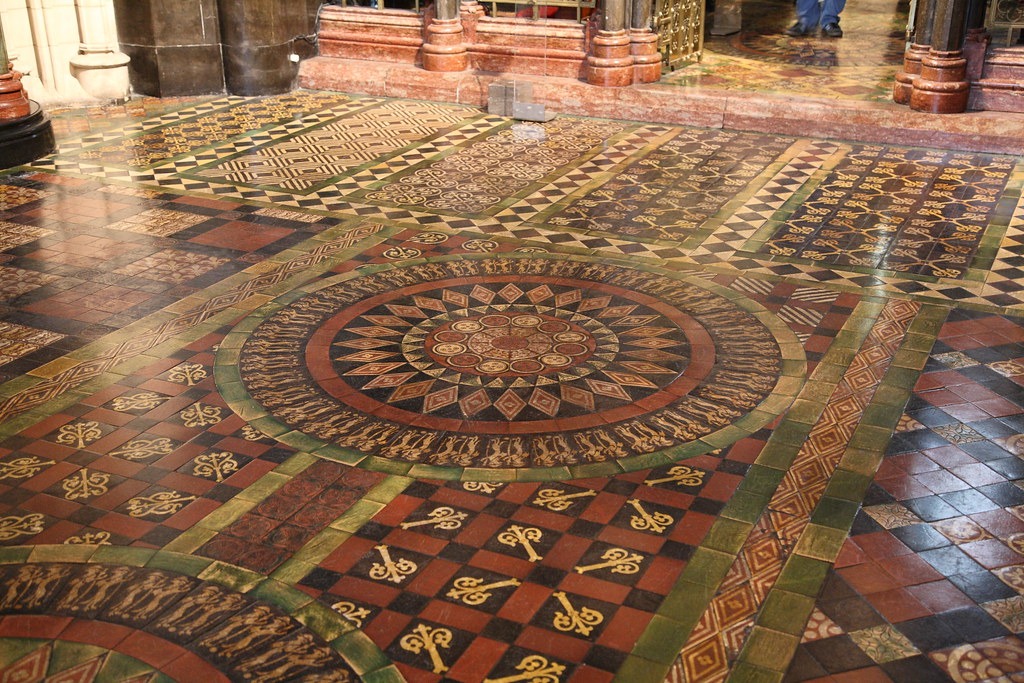

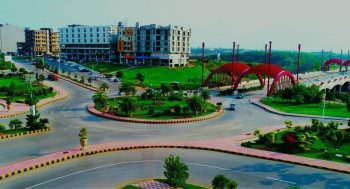

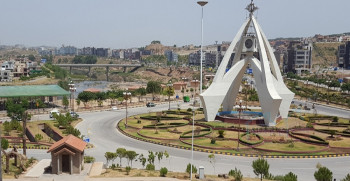
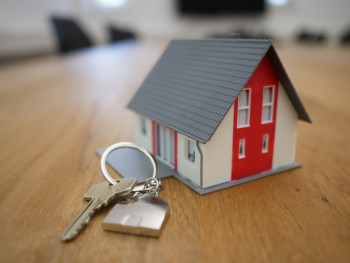
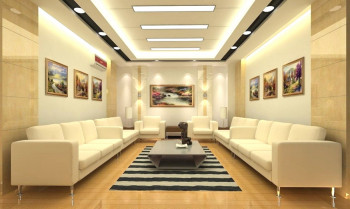

Join our growing community
Subscribers
Youtube
Twitter
Instagram
Facebook